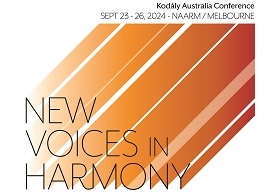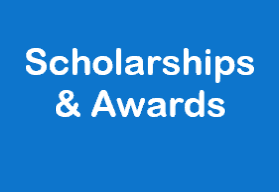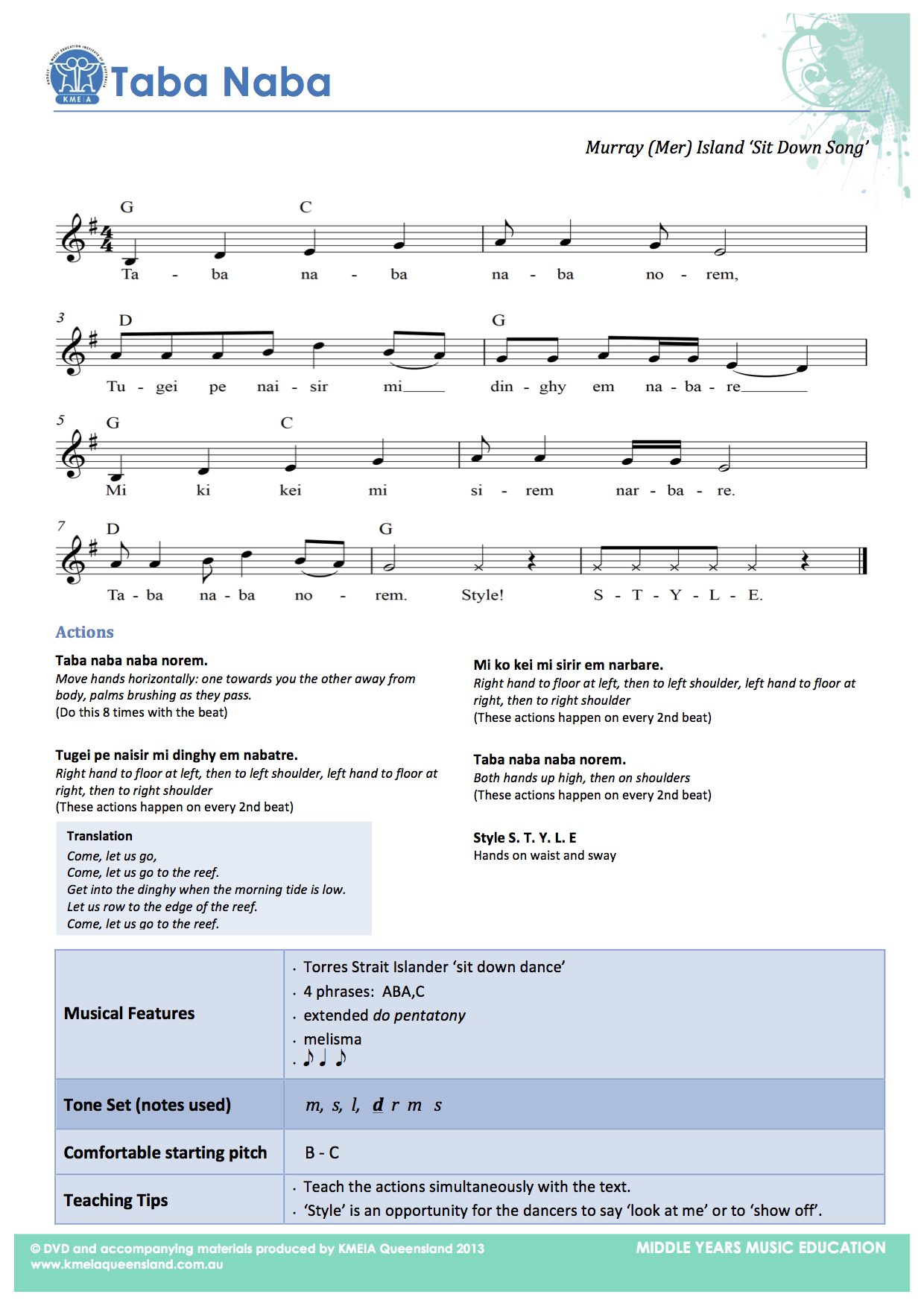Article by Deb Brydon
This article is based on a presentation given by Deb Brydon and Faith Baisden (First Languages Australia) at KMEIA National Conference 2016.
Welcome to Country and Acknowledgement of Traditional Owners
We often hear these at events and perhaps even at our school. What is a Welcome to Country and an Acknowledgement? Why are they done?
A Welcome to Country is a protocol where Aboriginal or Torres Strait Islander Traditional Owners welcome others to the land of their ancestors.
The Acknowledgement of Traditional Owners and Elders differs from a Welcome to Country in that it can be delivered by both Indigenous and non-Indigenous people.
This practice demonstrates respect for Aboriginal and Torres Strait Islander cultures and recognises the importance of acknowledging Traditional Owners of the land and/or sea. Sample wording:
I would like to respectfully acknowledge the [Name of the Group if known] Traditional Owners of the land [and/or sea] on which this event is taking place and Elders both past and present.
I also recognise those whose ongoing effort to protect and promote Aboriginal and Torres Strait Islander cultures will leave a lasting legacy for future Elders and leaders. [i] [ii] [iii]
What does the Australian Curriculum say about Aboriginal Music and Torres Strait Islander Music?
One of the five aims of The Australian Curriculum: The Arts is to develop an
“understanding of Australia’s histories and traditions through the arts, engaging with the artworks and practices, both traditional and contemporary, of Aboriginal and Torres Strait Islander Peoples.”[iv]
Two of the four F-2 Content Descriptions are:
“Sing and play instruments to improvise, practise a repertoire of chants, songs and rhymes, including songs used by cultural groups in the community.
Respond to music and consider where and why people make music, starting with Australian music, including music of Aboriginal and Torres Strait Islander Peoples.“[iv]
The 3-4 and 5-6 Content Descriptions have the same phrase at the end of these two content descriptions.
F-2, 3-4 and 5-6 Band Descriptions all include:
“They explore the arts of Aboriginal and Torres Strait Islander Peoples and of the Asia region and learn that they are used for different purposes.”[iv]
None of the achievement standards mention Aboriginal music or Torres Strait Islander music so it is not mandated to assess students’ knowledge of this. This is not to say that it can’t be used in assessment, just that it isn’t mandated. For example, the 5-6 Achievement Standard says:
“They describe how their music making is influenced by music and performances from different cultures, times and places.”[iv]
So while it doesn’t specifically mention Aboriginal music or Torres Strait Islander music, this music could be described as part of the assessment.
Where do I start?
Many of us want to include Aboriginal/Torres Strait Islander music and perspectives in our lessons but don’t know where to start and are concerned about doing the wrong thing. Often our fear of doing the wrong thing can stop us from doing anything.
Here are some ideas to get you started:
- Find out who your local language group/s are. Invite them to share music with your school/class. Inform them of other Aboriginal/Torres Strait Islander Music you intend to share with your school/class.
- Find out which language groups are represented by students/staff in your school community.
- Make contact with the Elders or someone from your Aboriginal and/or Torres Strait community. Some suggestions:
- Ask a parent of an Aboriginal/Torres Strait Islander child in your school.
- Contact your local Aboriginal Health Centre, language group or museum.
- Talk to other members of staff to find out anything that has been done in the past.
- Contact your school’s Aboriginal Liaison Officer
- Contact QILAC (Queensland Indigenous Languages Advisory Committee) who might be able to put you in touch with someone local.
Useful Resources:
- QILAC (Queensland Indigenous Languages Advisory Committee)
- First Languages Australia
- YAMANI CD
- YAMANI Documentary
- ABC OPEN
- https://open.abc.net.au/explore/139618 (Heads and shoulders Bundjalung,NSW north coast)
- https://open.abc.net.au/explore/73503 (Maranoa lullaby – Gunggari)
- https://open.abc.net.au/explore/51938 (Butchulla lullaby – Joy Bonner)
- Languages map
- Marrin Gamu song and video
- ABC Splash competition entries
- Small Town Culture videos
- https://www.youtube.com/watch?v=r2uv6MQs1Tc (Our School Baralaba)
- https://www.youtube.com/watch?v=U7wF89APHik (Alyawarr People)
- Desert Pea Media videos
- https://www.youtube.com/watch?v=75Vx3TpW3zc (Tagai Buway, Culture Remainz)
- https://www.youtube.com/watch?v=ZaMxTEVw-Kk (The Lurra Collective, One Songline)
- Binabar books
- Scholastic books – Solid Rock; My Island Home
Repertoire:
Ngarila Matilda in Yugambeh language
Interpretation by Faith Baisden, used with permission
This is not a direct translation of the English words into Yugambeh language. It is an interpretation of the song’s general meaning into Yugambeh language. Yugambeh is the language of the Aboriginal people who live in the country from south of Brisbane to the Tweed River, and from the coast to around Beaudesert in the west.
| Yalburru marrogunn
Weinani gwonggubungadi Juwi malong mungeranah Nyuli yarrabilen gwong marbanyun Ngarila Matilda, Matilda nyulangi
Ngarila Matilda, Ngarila Matilda Ngarila Matilda, Matilda nyulangi Nyuli yarrabilen gwong marbanyun Ngarila Matilda, Matilda nyulangi
|
The interpretation in English:
A happy man sat at a waterhole Under the shade of a gum tree He sang while the water boiled He’s dancing Matilda. Dancing Matilda Dancing Matilda He’s dancing Matilda He sang while the water boiled He’s dancing Matilda. |
This song is on the First Languages Australia CD Yamani. You can listen to it online and purchase and download this song or the entire album.
Taba Naba in Meriam Mir Language (Torres Strait Islands)
Taken from Music in the Middle Years DVD by KMEIA QLD.
Used with permission
[i] https://www.qld.gov.au/atsi/cultural-awareness-heritage-arts/welcome-to-country/index.html
[ii] www.CreativeSpirits.info, Aboriginal culture – Spirituality – Welcome to Country & Acknowledgement of Country,
[iii] https://www.reconciliation.org.au/
[iv] http://www.australiancurriculum.edu.au/




